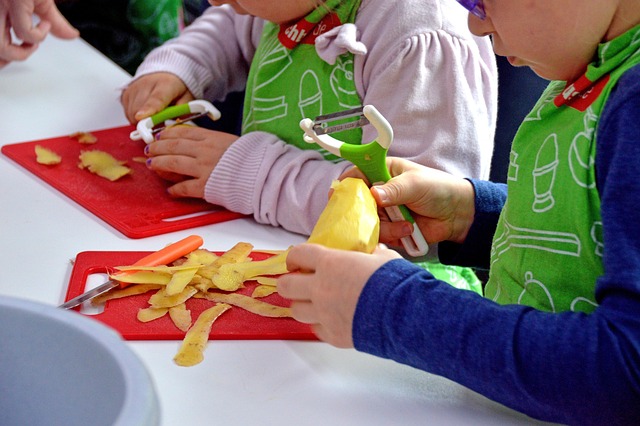
Introduction
Flipped classroom is an innovative teaching model that reverses traditional learning. Instead of introducing new concepts in class, students explore them at home through videos, interactive activities, or storytelling, while classroom time is dedicated to hands-on learning, discussions, and personalized support. But can this model be applied to kindergarten? Absolutely!
This guide will walk you through the fundamentals of implementing a flipped classroom in kindergarten, providing strategies, tips, and online resources to ensure success.
1. Understanding the Flipped Classroom Model in Kindergarten
What Is a Flipped Classroom?
In a traditional classroom, teachers introduce new topics in class and assign homework for practice. In a flipped classroom:
- Students engage with new content before class through videos, stories, or interactive activities.
- Class time is used for hands-on activities, social interactions, and skill reinforcement.
- The teacher acts as a facilitator rather than a sole knowledge provider.
Why Use Flipped Classroom in Kindergarten?
- Encourages active learning and hands-on experiences.
- Provides more time for social-emotional development.
- Offers personalized learning experiences for young learners.
- Engages parents in their child’s education.
Online Resources to Learn More:
2. Steps to Implement Flipped Classroom in Kindergarten
Step 1: Start Small & Set Clear Goals
Transitioning to a flipped classroom doesn’t mean flipping everything at once. Start with a single subject or lesson per week.
- Identify Learning Objectives: What skills or concepts will students learn at home?
- Determine Home Activities: Choose videos, interactive books, or simple games that introduce the topic.
- Plan In-Class Activities: Design hands-on activities related to the home lesson.
Step 2: Create or Select Engaging Pre-Class Content
Young children have short attention spans, so pre-class materials should be short, engaging, and interactive.
- Use animated storytelling videos.
- Record personalized teacher videos.
- Provide audio books or interactive story apps.
Recommended Tools:
Step 3: Communicate with Parents
Parents play a crucial role in the flipped classroom model. Clear communication is essential:
- Send weekly schedules with home activities.
- Share a simple guide on how to support their child at home.
- Use messaging apps like ClassDojo to keep parents informed.
Step 4: Design Interactive Classroom Activities
After watching a video or engaging with an activity at home, students should apply their learning through play-based activities in class.
- Science & Exploration: Hands-on experiments related to the video.
- Math & Counting: Interactive counting games using real objects.
- Arts & Creativity: Drawing or crafting based on the story they watched.
Activity Ideas & Resources:
3. Overcoming Challenges in Flipped Kindergarten Classrooms
Challenge 1: Limited Home Access to Technology
Solution: Provide alternative options like printed activity sheets or send home preloaded tablets (if available). Collaborate with local libraries to offer access.
Challenge 2: Keeping Young Learners Engaged
Solution: Use interactive videos (like YouTube Kids) and apps that promote active participation rather than passive watching.
Challenge 3: Ensuring Parent Involvement
Solution: Host short parent workshops on how the flipped model works and provide step-by-step guides.
4. Measuring Success in Flipped Kindergarten Classrooms
Assessing the effectiveness of the flipped model requires a mix of formal and informal evaluations:
- Observation: Monitor student engagement during hands-on activities.
- Parent Feedback: Use short surveys to gather input.
- Student Reflections: Encourage students to share what they learned using simple drawings or verbal storytelling.
Assessment Tools:
Conclusion
Implementing a flipped classroom in kindergarten requires planning, but the benefits are worth it. Young learners engage better through active participation, parents become more involved in their child’s education, and classroom time is used more effectively for hands-on learning.
By starting small, choosing the right tools, and maintaining strong communication with parents, educators can successfully implement this model and create a dynamic, interactive learning environment.
Want to Learn More?
Check out these additional resources:
- Flipped Learning Global Initiative
- Early Childhood Education Resources from NAEYC
- TED Talk: How Flipped Classrooms Transform Learning
Embrace the flipped classroom and make learning an adventure for your young students! 🚀